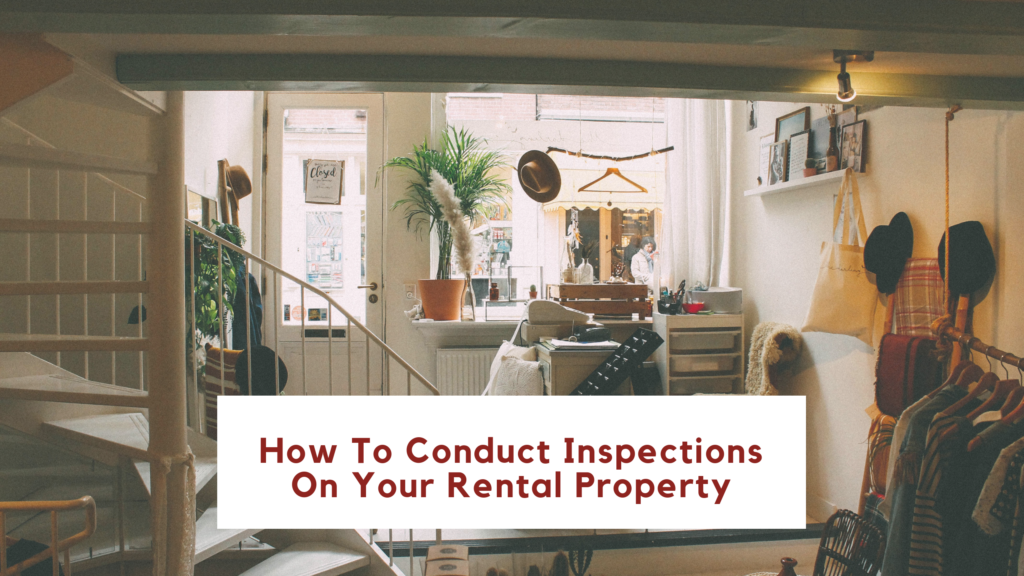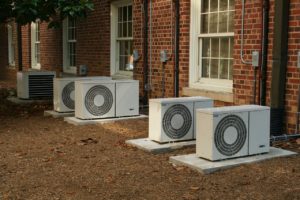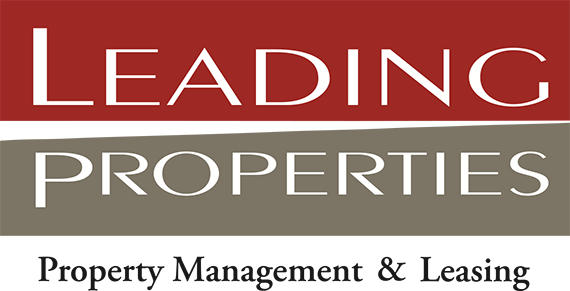How To Conduct Inspections On Your Rental Property In San Francisco

Your residents are entitled to the peaceful and quiet enjoyment of their home, and they’re also entitled to their privacy.
But, you want to make sure the home is being well-maintained. You also want to make sure there aren’t any deferred or unreported maintenance issues that need your attention.
We have some recommendations for how to conduct effective inspections at your San Francisco rental property. It’s essential that you get inside the property before a tenant moves in, after a tenant moves out, and at least once during the tenancy.
Conducting a Successful Move-In Inspection
Before a tenant moves into your property, you need to conduct a thorough inspection to ensure it’s ready to be inhabited by your new renter. You also want to document the condition of your home. This will become especially important later, when the lease period is over, and you’re looking for any evidence of damage. To effectively judge whether your tenant is responsible for damage, you need to be able to compare the condition of the property before move-in to the condition of the property after move-out.
Your move-in condition inspection should include a detailed report with notes and pictures. Take photos of everything, even the condition of the counters, floors, and walls. Document that the screens don’t have holes and that the showers don’t have mildew. You want to be able to prove how the property looked before possession was handed over.
Move-Out Inspections and Security Deposits
You are required to offer your tenants a pre move-out inspection. This gives them the opportunity to walk through the property with you while you point out anything that might result in a deduction from their security deposit. For example, perhaps your lease requires that tenants have the home professionally cleaned and the carpets steamed. If that has not been done, you can let your tenants know that the cost will be deducted from the deposit. You can also address any damage that you find during this inspection. Bring a copy of your move-in inspection report so you can quickly and easily compare the photos to the current condition.
Not all tenants will take advantage of this offer, but they might. After they leave, you can go back into the empty property and complete your full inspection. As a landlord, you are required to pay for any wear and tear items. But, tenants are responsible for damage that goes beyond wear and tear. Take pictures during this inspection as well so you have a record. When you withhold any money from the security deposit, you’ll need to explain why and itemize the deductions.
Rental Property Inspections During the Tenancy
If you want to inspect the property while the tenant is living there, you’ll need their permission to enter. Usually, you can get inside when a maintenance request is made. You have to be there anyway to take care of the repair. This is a good way to take a look around and make sure there aren’t any additional repairs that may be needed.
 You can also schedule a maintenance review once a year, at which point you will do things like check the HVAC system, change the air filters, and service the hot water heater. During these maintenance inspections, make sure you also look for lease violations. Anything that looks off should be addressed immediately with your tenants.
You can also schedule a maintenance review once a year, at which point you will do things like check the HVAC system, change the air filters, and service the hot water heater. During these maintenance inspections, make sure you also look for lease violations. Anything that looks off should be addressed immediately with your tenants.
If you need help conducting effective rental property inspections, please contact us at Leading Properties. We’d be happy to serve as your San Francisco property management resource.
